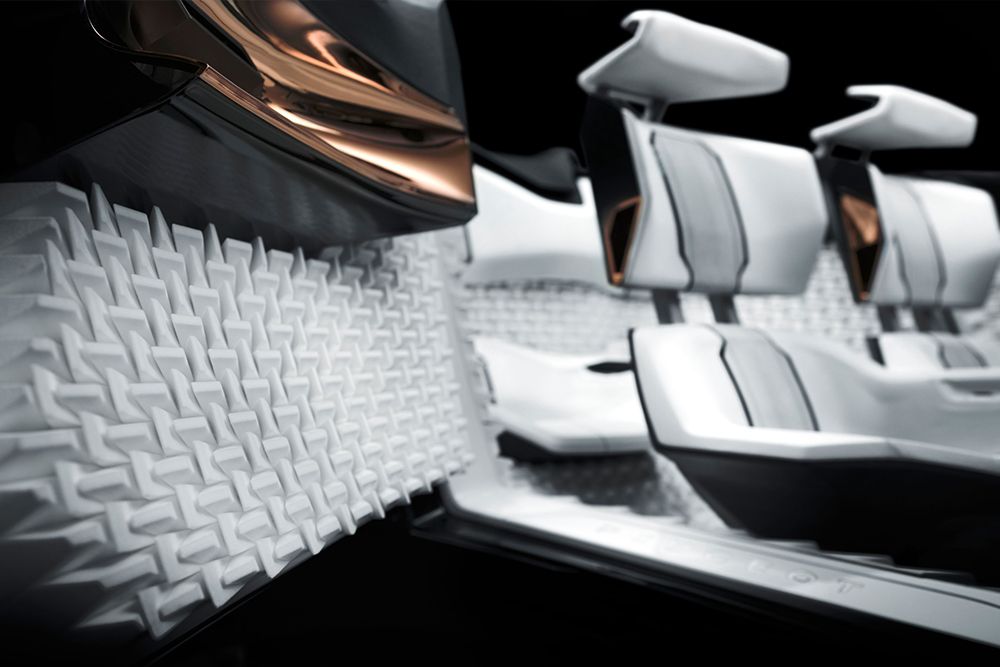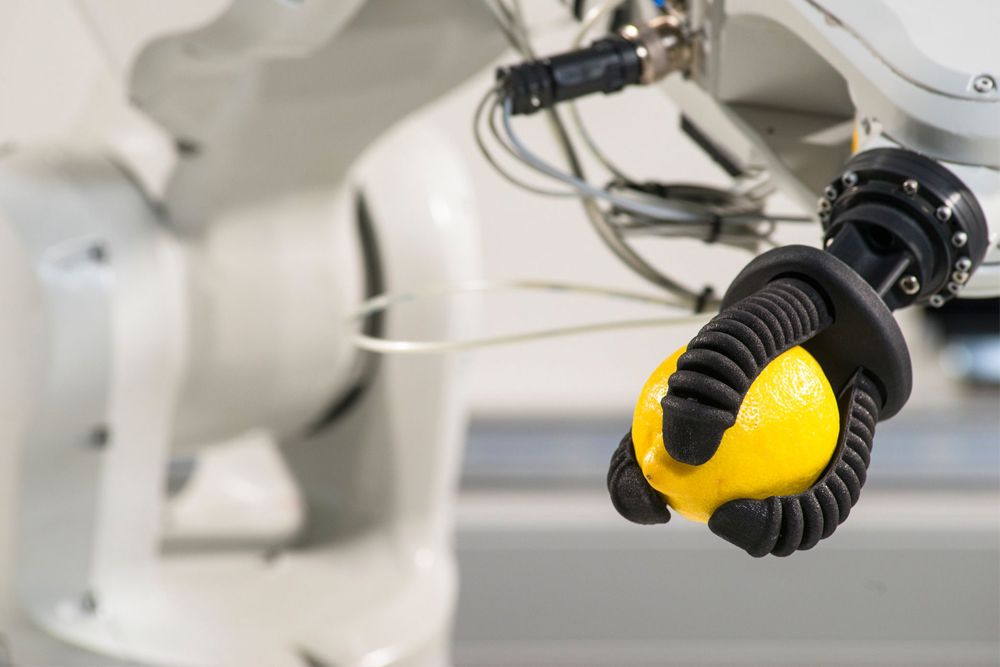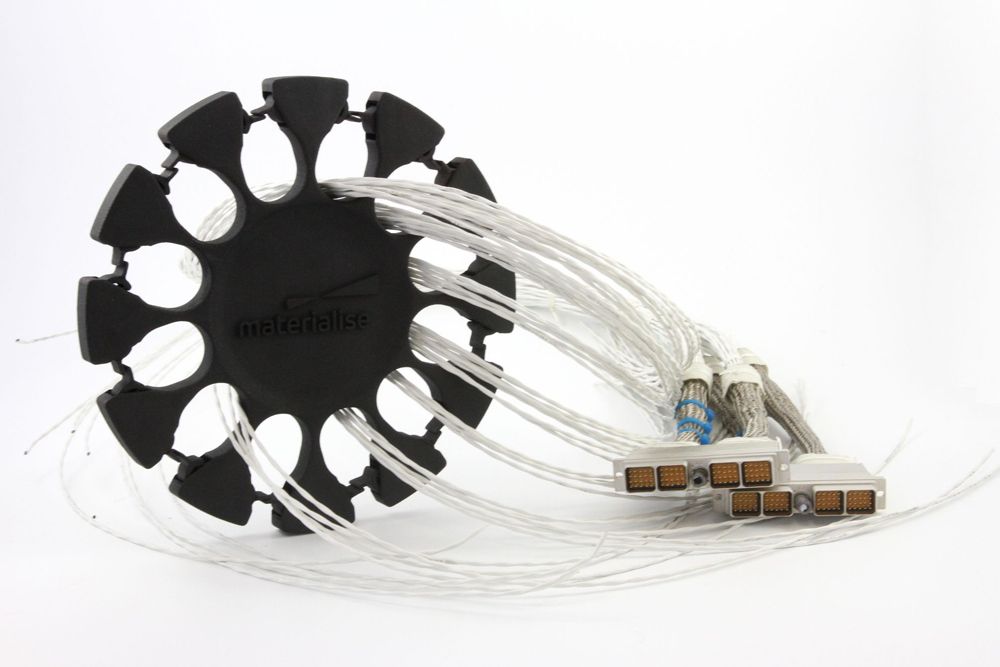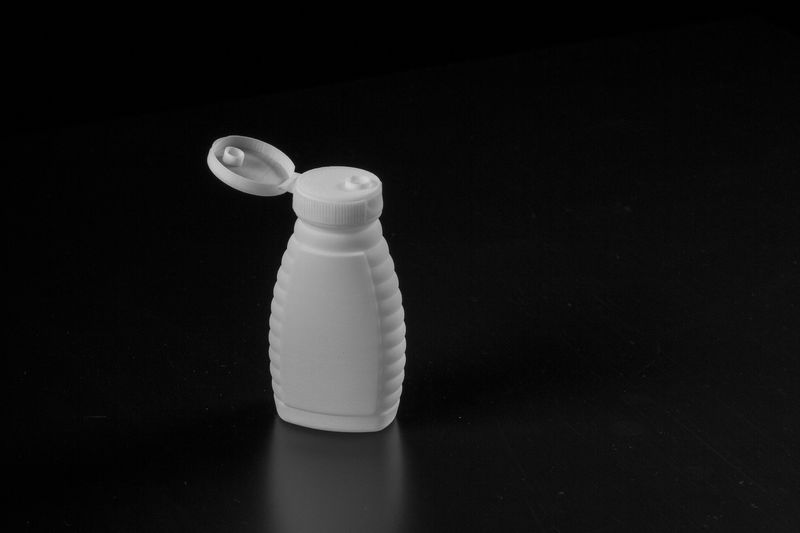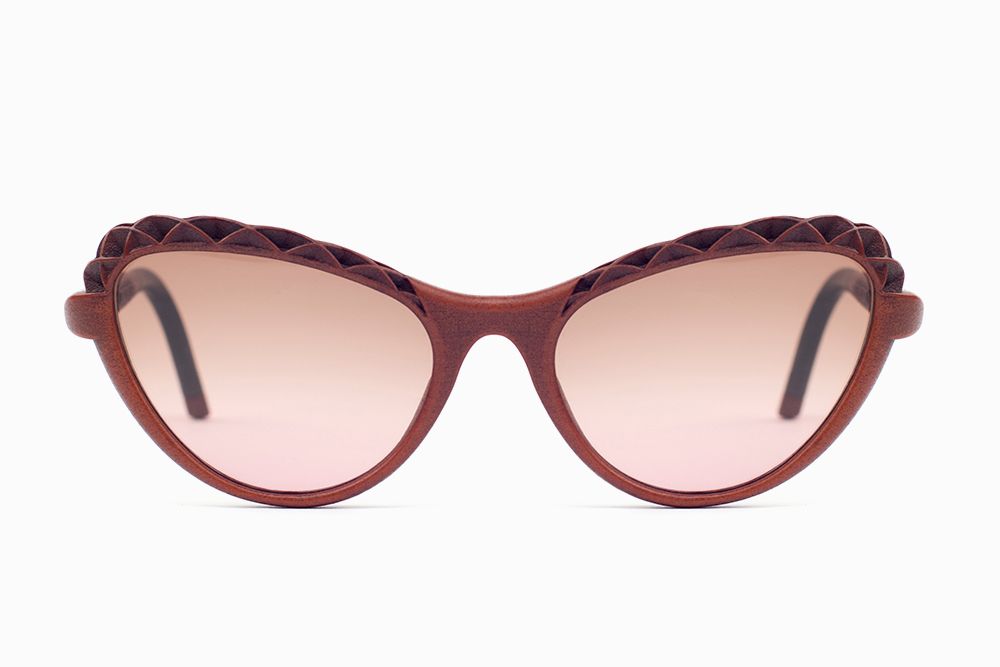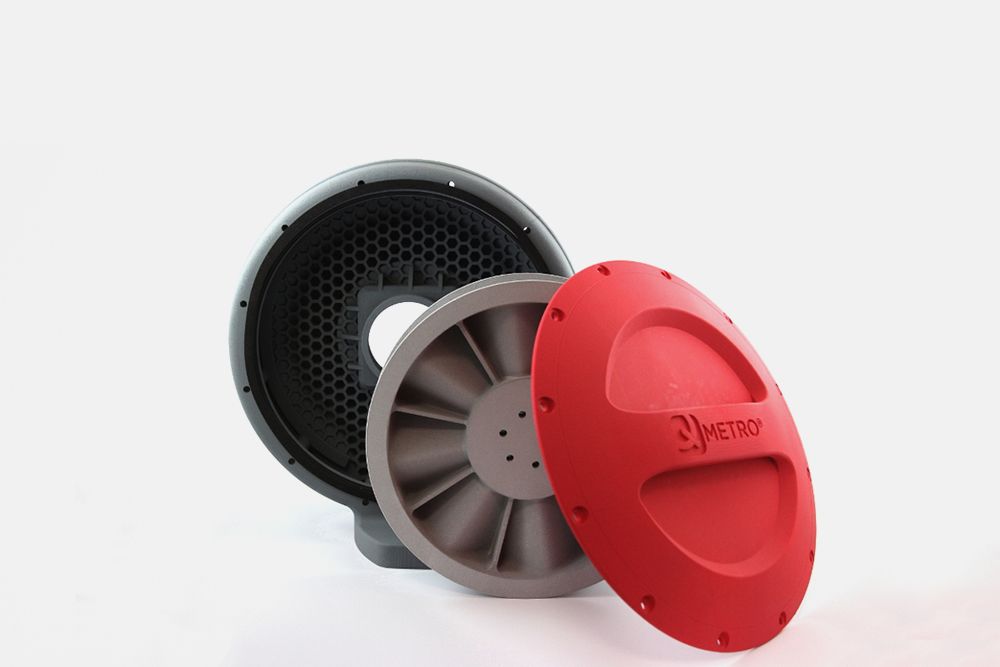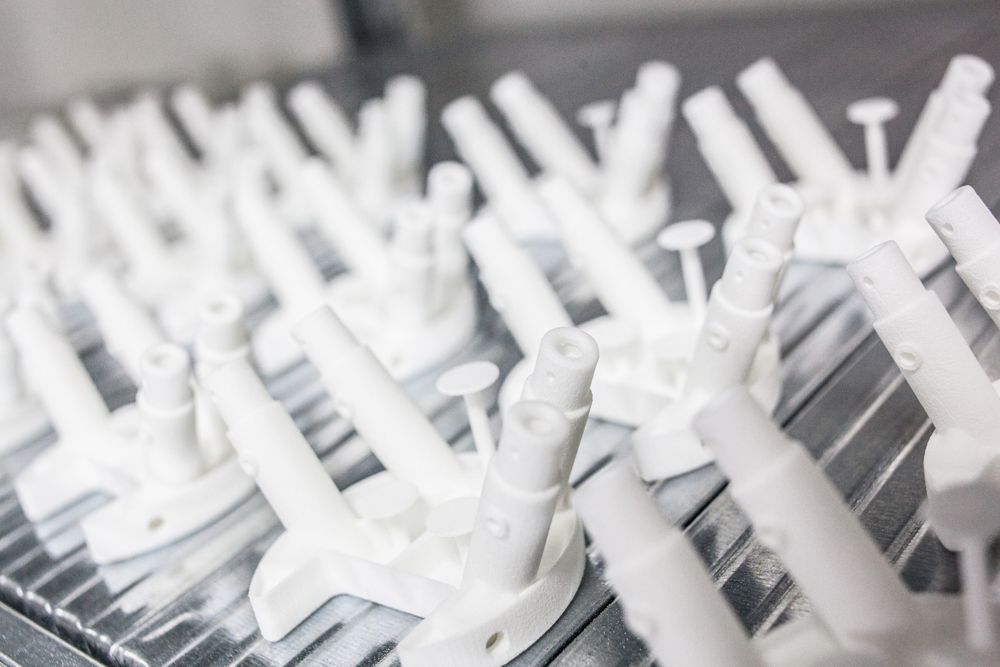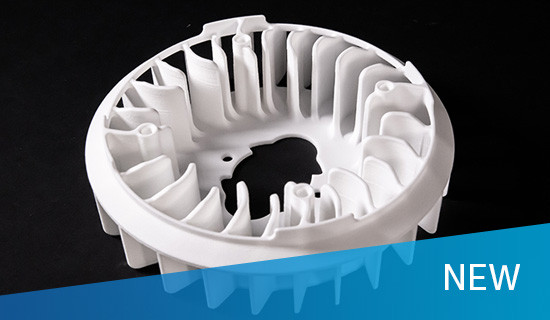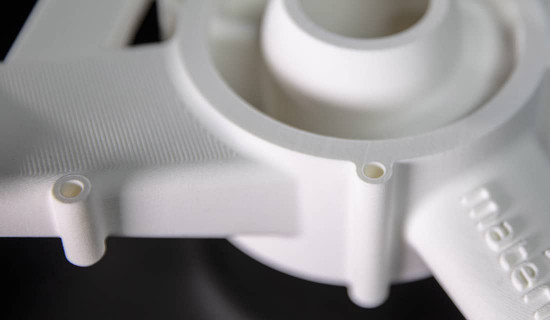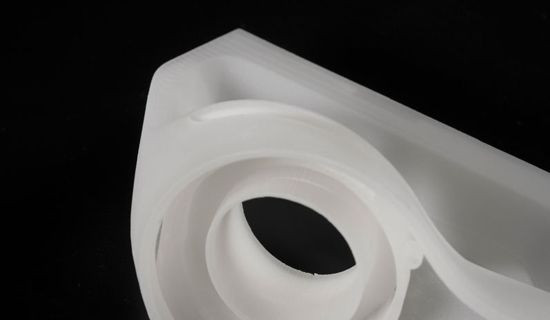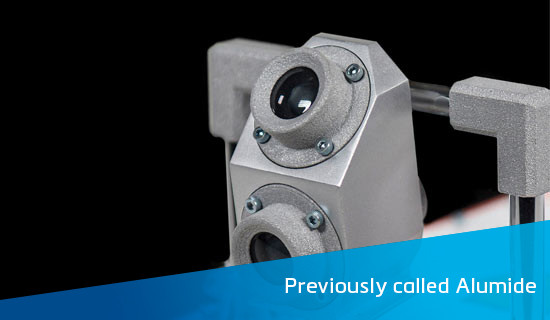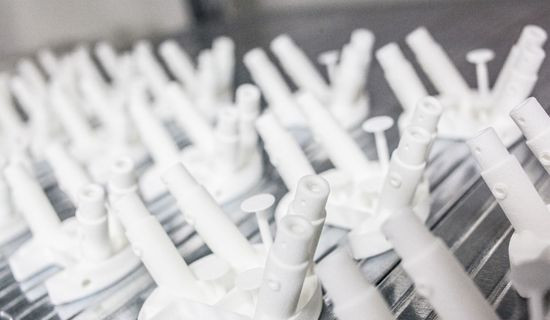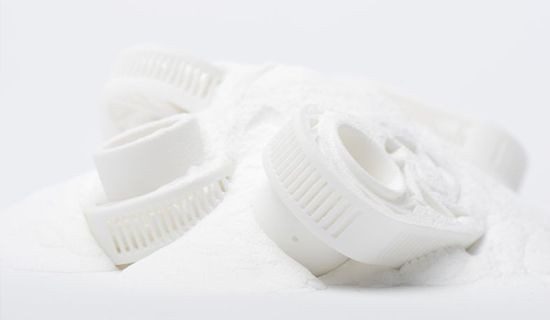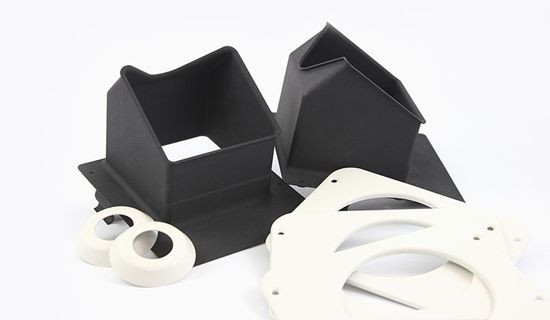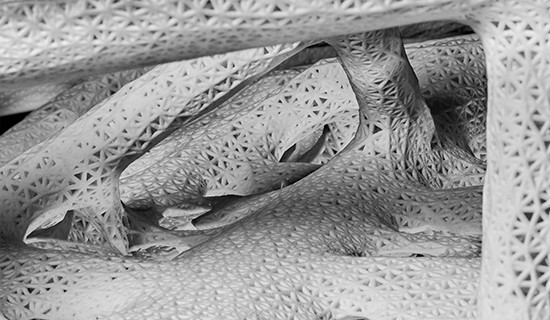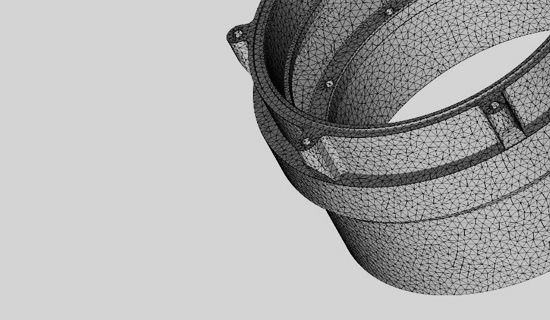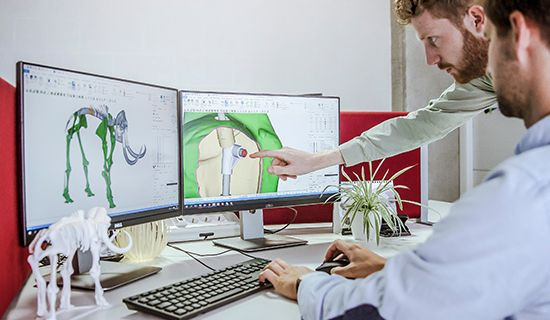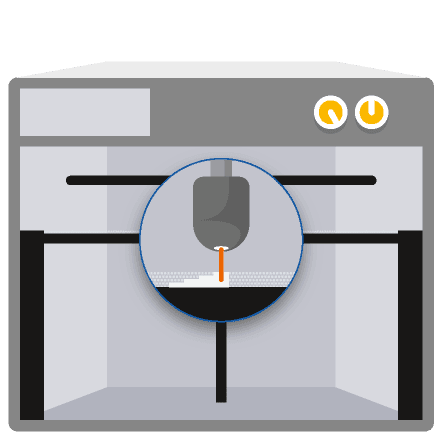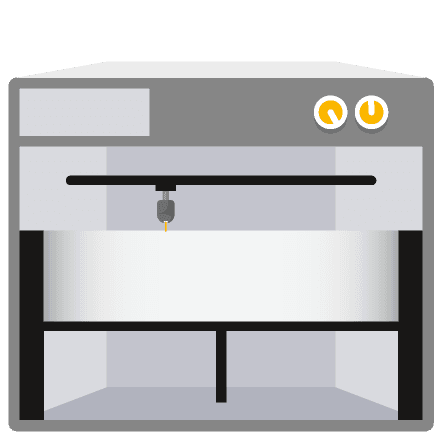Rethink ‘possible’
Laser Sintering, also known as selective Laser Sintering (SLS), is among the most versatile and frequently used 3D printing technologies: you can find laser-sintered parts in airplanes, wearables, machine components, and production tools.
Why choose Laser Sintering?
With no need for support structures, this technology is suitable for interlocking parts, moving parts, living hinges and other highly complex designs. Whether you need fully functional prototypes or a series of complex end-use parts, Laser Sintering’s design freedom serves both. Besides, we make production fast and cost-effective for you by maximizing the available build space in each machine.
Ideal applications for Laser Sintering
- Prototypes with mechanical properties to rival those of injection-molded parts
- Series of small components as a cost-effective alternative to injection molding
- Large and complex functional parts up to 630 x 330 x 550 mm in one piece
- Personalized manufacturing, the economical production of unique, complex, designs built as one-off products or in small batches
- Lightweight designs using complex lattice structures
Technical Specifications
| Standard lead time |
Minimum of 4 working days, depending on part size, number of components and finishing degrees |
| Standard accuracy |
±0.3% (with a lower limit on ±0.3 mm) |
| Layer thickness |
0.12 mm |
| Minimum wall thickness |
1 mm, but living hinges are possible at 0.3 mm |
| Maximum build dimensions |
Dimensions are unlimited as components may be composed of several sub-parts. The build area of our largest machine is 630 x 330 x 550 mm |
| Surface structure |
Unfinished parts typically have a grainy surface but all kinds of fine finishes are possible. Laser-sintered parts can be sandblasted, colored/impregnated, painted, covered and coated |
Materials
Looking for a consumer-grade finish?
We offer you Materialise Luxura: a premium finish in 15 contemporary colors and surface treatments, to ensure your product looks and feels like the winner that it is.
Your 3D Printing Toolkit
How Does Laser Sintering Work?
Laser Sintering is a laser-based technology that uses solid powder materials, typically plastics. A computer-controlled laser beam selectively binds together particles in the powder bed, by raising the powder temperature above the glass transition point after which adjacent particles flow together. As the powder is self-supporting, no support structures are necessary.
We'd love to hear about your projects and see how we can help.


